When the mountain calls, I won’t pick up
It’s midnight in the mountains. A storm is raging around us. Lightning and thunder are shaking the earth. Small stones are crumbling from the ceiling of our cave. I can feel water dripping on my head. And the rain blowing in my face. After three intense days in the mountains, I am exhausted. Every part of my body hurts.
But despite the circumstances, I am wide awake. The natural spectacle is overwhelming. I feel small and humbled in front of nature and its unreal power over me and my environment.
“I am alive”, I shout out loud, as if I have understood something existential but can’t grasp it yet.
“You see,” – replies Urip, “you gave the mountains a second chance. That’s their answer.”
Prologue
“My problem with hiking is not the hike itself,” I liked to say to friends whenever we were discussing plans for the upcoming holidays. “I like to go for walks, and I love to be in nature. What I don’t like about hiking is the whole mentality around it. The mindset. That you have to prove yourself that you can be on top and to look down from above.”
It wasn’t always like this. I come from a big family. Every year we would drive to the Alps in a minibus. Early in the morning, we would wake up and hike up a mountain. And if we made it to the summit, we would drink a glass of ice-cold coke with a slice of lemon. That was obviously the best part of hiking.
After moving out of my parent’s house, I replaced mountain huts and alpine lakes with intercontinental flights and palm beaches. From now on, I had ice-cold coke with a slice of lemon at the beach bar. I was done with hiking. Until Covid 19 happened.
Suddenly I longed for solitude and space. And remembered the sound of cowbells.
When I got a call from Urip, I was ready to give the mountains a second chance.
I recently got myself a system camera. My idea was to document the world through my own perspective, not in selfies, but HD quality. However, in lockdown, my perspective shrunk down to the size of toilet paper.
Urip, a friend and professional landscape photographer, asked me if I wanted to join him on a photo tour through the Dolomites, a few walks, get out of the city, take photos, try new stuff – of course, Corona-compliant.
The timing was perfect.
“What now? Hiking or taking photos?” I asked him.
“Just nature,” was his short answer.
Getting up at 4 a.m. or sleeping in mountain caves from World War 1 during a thunderstorm wasn’t part of the menu yet.
Day 1: It’s all about the mindset
Urip wanted to go to the Dolomites because the rugged and barren rock formations are rich in contrast, extraordinary, and therefore perfect for new portfolio shots. I wanted to go to escape my apartment, work on a new hobby and gain a fresh perspective on my parents’ enthusiasm for hiking.
The first day was all about acclimatization. My weather app forecasted sunshine for the whole week. It was hot. And I was excited.
Urip wore functional clothing. I thought he looked silly. So I decided to go with a cotton t-shirt, shorts and trainers and commented on the whole thing, “There is no wrong clothing, just wrong attitude.”
Urip’s style was all over the place: fit, slim, and sporty. It fit perfectly to all the SUVs with German license plates at the parking area.
My rebellious fashion only earned pitying looks.
My first mountain in the Dolomites. I didn’t know its name. But that wasn’t important for now. As my father used to say, “A mountain is a mountain”.
Urip showed me the route on the map on his smartphone.
“Here, a good spot to take photos, not too hard, a little warm-up.”
A friend once told me that there are two types of hikers. Those who would call a forty kilometers hike a hop, and those who would call a walk a day’s march. It was my first hike with Urip. But I had a suspicion to which type he’d fit.
Nevertheless, I followed Urip like a sheep.
It wasn’t only my first mountain in the Dolomites, but also my first hike in a very long time.
The first thirty minutes were disastrous.
My body vehemently tried to resist spending energy on something as senseless and ridiculous as going up on a mountain.
Every part of my body screamed.
I remembered something I once read in a book about self-optimization. For everything new, the body and mind have to adjust and develop a new routine.
I just had to stop thinking – it was all a question of mindset.
And after my cocky tones, quitting wasn’t an option anyway.
Two hours later, we arrived at a small alm for a little break. I rewarded myself with a coke.
The mountain romance was overwhelming.
When Urip asked me how it was going, I was ready to go back. But he just grinned “That was the beginning, now we’re going for the harder part.”
My body suddenly collapsed like an empty sack of potatoes.
Just my head stayed strong.
I smiled back, “Can’t wait, let’s go.”
It was all about mindset.
Two hours later, we passed the tree line above two thousand meters.
The changing landscape seemed to affect my mood: I was getting more and more rugged.
Every step felt like a test – the mountain, my mental and mindfulness trainer.
When we arrived at the top, I was on the verge of collapsing. But it was worth it. The view was breathtaking.
I could see the clouds passing over the distinct rock formation of the Dolomites.
Higher clouds caught the sunset and reflected a bright warm orange light. The alm below us was as small as the head of a pin.
It was a magical moment. The golden hour.
Urip grinned. I was done.
Then I took my camera and took three pictures.
That had to be enough.
Then I lay down on the floor. I felt like Frodo in Lord of the Rings waiting for the eagle to bring him down.
He did not come.
But it was getting cold. Urip attached the lower half of his functional pants and unpacked the fleece sweater with an integrated wind blocker.
The sun was going down slowly.
The strong contours of the mountains faded to a soft gray.
It was just beautiful.
But I couldn’t appreciate it. I was cold. And I didn’t want to take additional pictures.
The other twenty photographers here did that for me anyway.
At some point, Urip pityingly gave me his replacement sweater, which was surprisingly light and warm.
Then we turned back.
We did not speak a word during the descent. My head was off.
Only my subconscious ensured I didn’t fall off the cliff.
“What is the name of the mountain today,” I asked Urip later.
Then I fell asleep.
Day 2: Photographers are hunters and gatherers
At four in the morning, Urip woke me up with the words “Rule number one: always anti-cyclical.” My body was stiff as timber. And Urip’s positive energy made me sink even deeper into the pillow. But I made it.
Forty minutes drive, forty minutes walk: That was the distance to get to a place where so many pictures have already been taken that its data garbage corresponds to a small town’s electricity consumption. I was so exhausted from the day before that I decided to take a nap on the back seat and let Urip go and take the pictures.
During the day we relaxed at a mountain lake. We watched parents lecturing their kids about hiking’s beauty and its positive effects on character development while the children were throwing stones into the lake. It reminded me of my family vacations. For sure, It was easier for me to get up early as a kid. But my parents might have had more fun hiking alone. Then I looked at my pictures from the previous day and showed them to Urip. He nodded. „You have a good eye.” His answer didn’t seem quite logical to me. Or whether that was a compliment at all. After all, I was wearing glasses. So how good could my eyes be? I was just in the right place at the right time. But I appreciated the compliments.
Some minutes later a shepherd arrived at the lake with a flock of sheep. Suddenly things started to happen fast. A pack of photographers was slowly sneaking up on the herd aiming at their prey through huge and expensive-looking lenses.
I could feel the howling of the pack immediately. So I grabbed my camera and made so many pictures, certainly a hundred, that I could have made a short film out of them.
I just couldn’t stop. Every picture counted. Any picture could be the breakthrough. Or at least generate a few likes on Instagram.
My smartphone was turned off in the car. But I didn’t miss it at all. I was just in the moment.
I decided that from now on I would get up at 4 AM every day.
Day 3: Thunderstorms and Mountains
When Urip tried to wake me up at four o’clock, I was already awake and greeted him with “Good morning, the mountain is calling.” My body ached, and I was cramped. But my mind was fresh.
Most of the houses we passed were still dark at this time.
“They oversleep half of their life” I said to Urip and laughed a little about my cockiness.
After about sixty minutes, I started to notice a change in my body. After another 10 minutes during which, as Urip said, I became noticeably quiet, Urip gave me a chocolate bar. The best I’ve ever eaten.
I was surprised how easily I got beyond my limits. In my everyday life, I hardly get out of bed in the morning. The smartphone is my daily companion. It was 5:20 AM. For eighty minutes, I have been walking up the mountain almost non-stop at my physical limit to take pictures of places that, as I have already mentioned, have already been photographed hundreds of times. I shared my thoughts with Urip. His answer: “You have to work on your reward system.” The day was less than two hours old, and I have learned more about myself than on all the beach holidays in all the years before.
I started to struggle to find the right superlatives for the sunrises and sunsets in the Dolomites. I photographed like a world champion. Everywhere I could find something that I wanted to portray. Be it an edge of a cliff, constrastful clouds, a distinct shape, an animal, or the reflection of myself in a puddle.
But then something happened. Clouds arrived. Lots and lots of clouds.
And suddenly the sunrise was gone.
But we made it on the summit. So it was time for a reward.
Urip made coffee with a camping stove which, according to Urip, can heat water even at the peak of Mount Everest. It must have cost half a fortune. At this particular moment, it seemed like a reasonable investment to me.
During breakfast, I watched the clouds moving up and down the mountains. My physical exhaustion and lack of sleep made a man who stares at the clouds. I felt hypnotised. And overwhelmed.
Urip woke me out of my trance. Dark clouds were approaching.
“Shall we go back?”
I quarreled. We wanted to spend the last night outdoors and photograph both sunset and sunrise from the same perspective. Our destination for the night was a cave as a part of a World War One bunker about half a day walk away.
We decided to take the risk. I felt like I was going into battle against the mountain, just to prove to myself that I hadn’t given up at that moment. After 3 days in the Alps, I was going crazy.
When we got to the caves, it was already too dark to take pictures. Inwardly, I cursed my weather app.
A threatening shadow lay before us in the valley. But at least we were safe in the caves. I immediately fell asleep on a yoga mat that had been converted into a sleeping mat.
But in the middle of the night, a deep clap of thunder woke me.
Day 4: When the mountain calls
Back to the beginning. Two people are in a cave in the mountains. A thunderstorm is raging around them. “I am alive!” I shout out loud as if I understood something existential and can’t really grasp it yet. “You see”, replies Urip, “you gave the mountains a second chance. That’s your answer.”
I am grabbing my camera trying to capture this moment. I am snapping and snapping. But I am not succeeding. At some point, Urip is putting his hands in front of my lens. “Stop it,” he says. “You took a picture. It is enough.”
He is looking into my angry face, but he keeps talking. “Landscape photography is not just about the image. It’s about how you perceive your environment, your perspective on the world and what you experience, like this moment. The picture on the wall is just a memory. No picture is as good as the one in your head. “
A few hours later, the thunderstorm passed. There are still rain clouds hanging in the valley, slowly moving like a milky sea towards the sun. The world is awakening again. The mountain is still standing. We have breakfast and set off. Today is a holiday. On the descent, I greet hikers with a friendly “almost there”.
Back home, I proudly present my pictures. My favorites are the ones from the first mountain on day one. I feel like I can almost see my suffering. And for good art, you have to suffer. Or at least, be in the right place at the right time. And for that, you have to suffer in landscape photography.
A few weeks later, friends will ask me if I want to join a hiking trip and follow the mountain’s call. For a moment, I will think about what I would have answered before I got a wake-up call in the mountains myself. And almost automatically, I will start to rant about expensive hiking clothes and the obscure mindset. But then I will just shake my head and decline friendly. The mountains called me once, and I listened. But if they call again, I won’t pick up.
sebastianweida.com/
www.instagram.com/basti_weida/
twitter.com/bastiweida
Urip Dunker:
uripdunker.com/
www.instagram.com/renounce_the_cubicle/
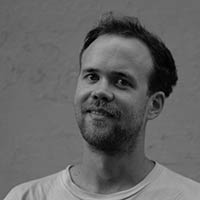
“I started photography because I was always too lazy to write. Now, I am in my thirties and out of excuses. In my professional life, I am a Berlin-based field researcher and strategic designer, writer, photographer, and co-founder of the design collective Lovolab. I specialise in identifying patterns in human interaction and behavior. My work has brought me to countries such as Tanzania, Rwanda, Uganda, Kenya, and, well, Germany. Sometimes I turn the things I hear and see into visual and written stories, such as Vespa Island. Also, I’ve got a thing for coconut trees and coffee grinders.”

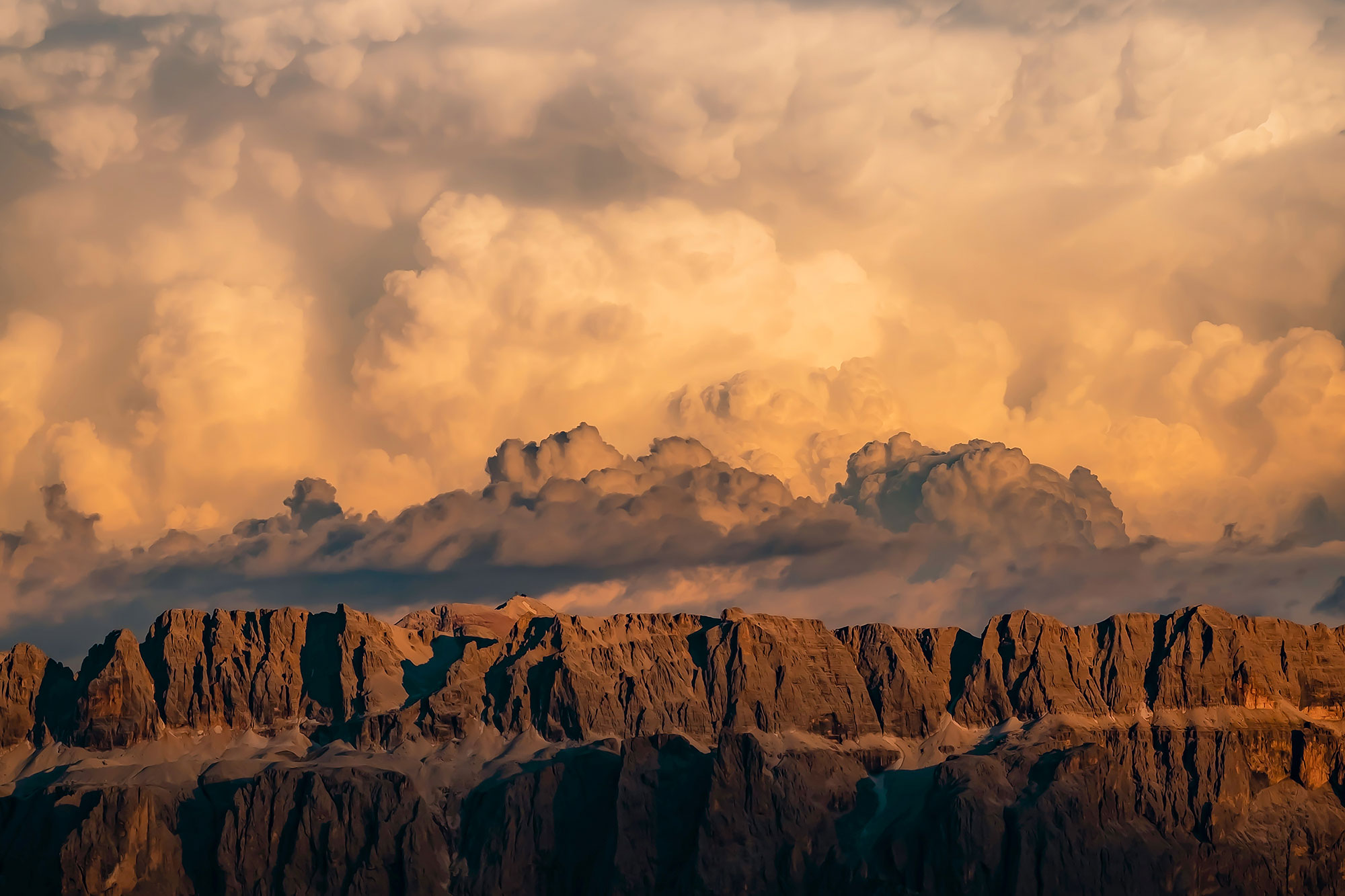


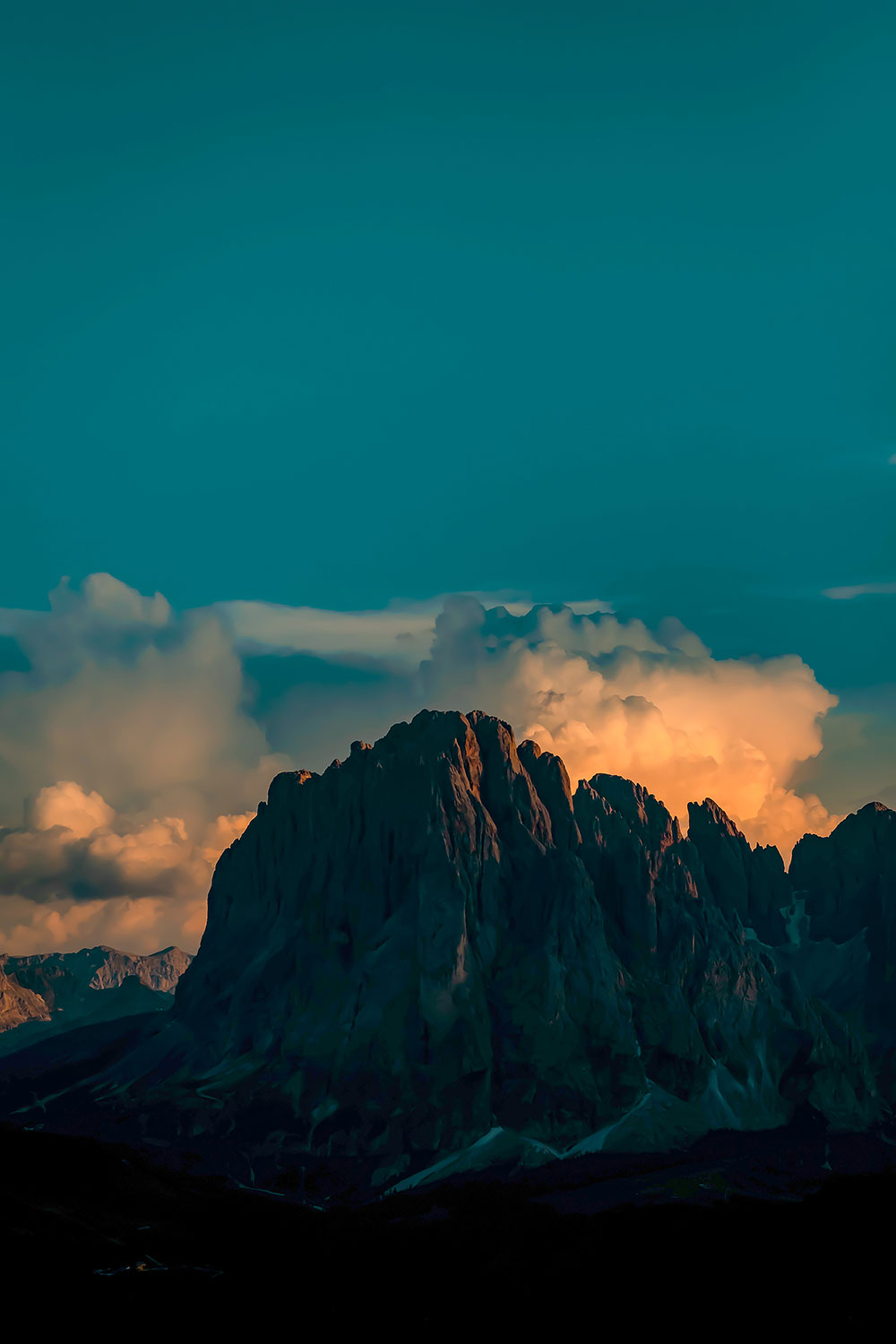
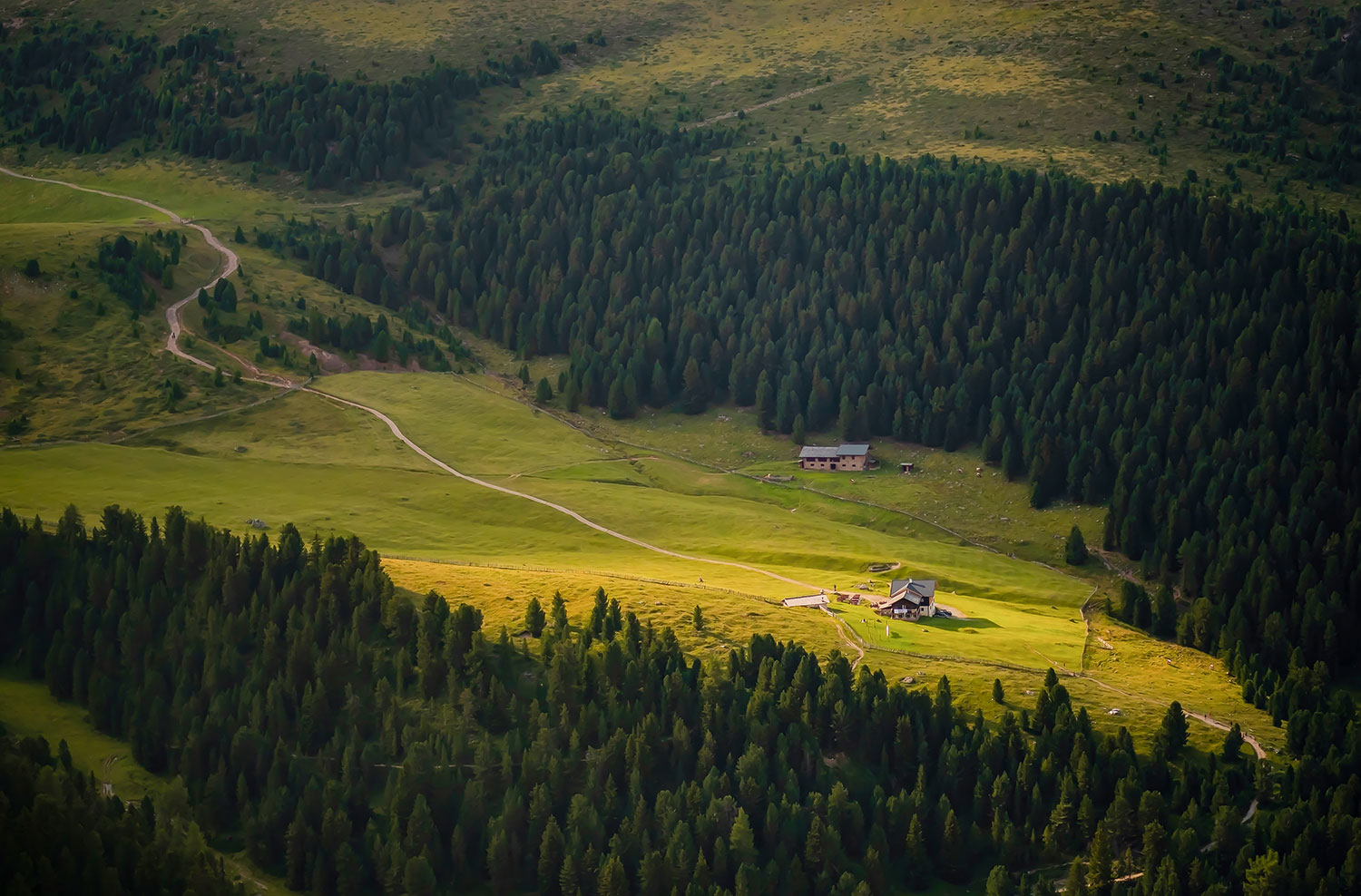
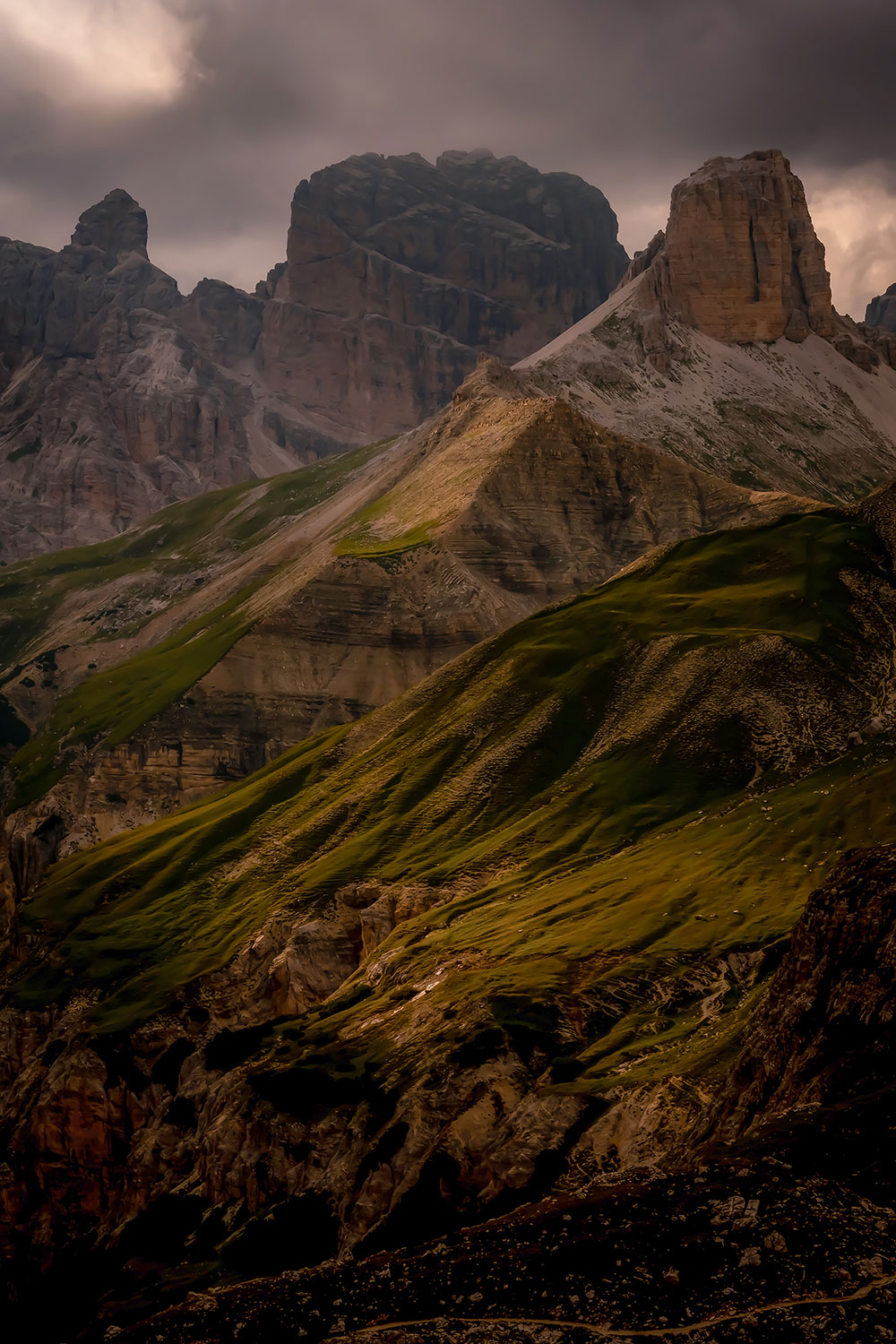
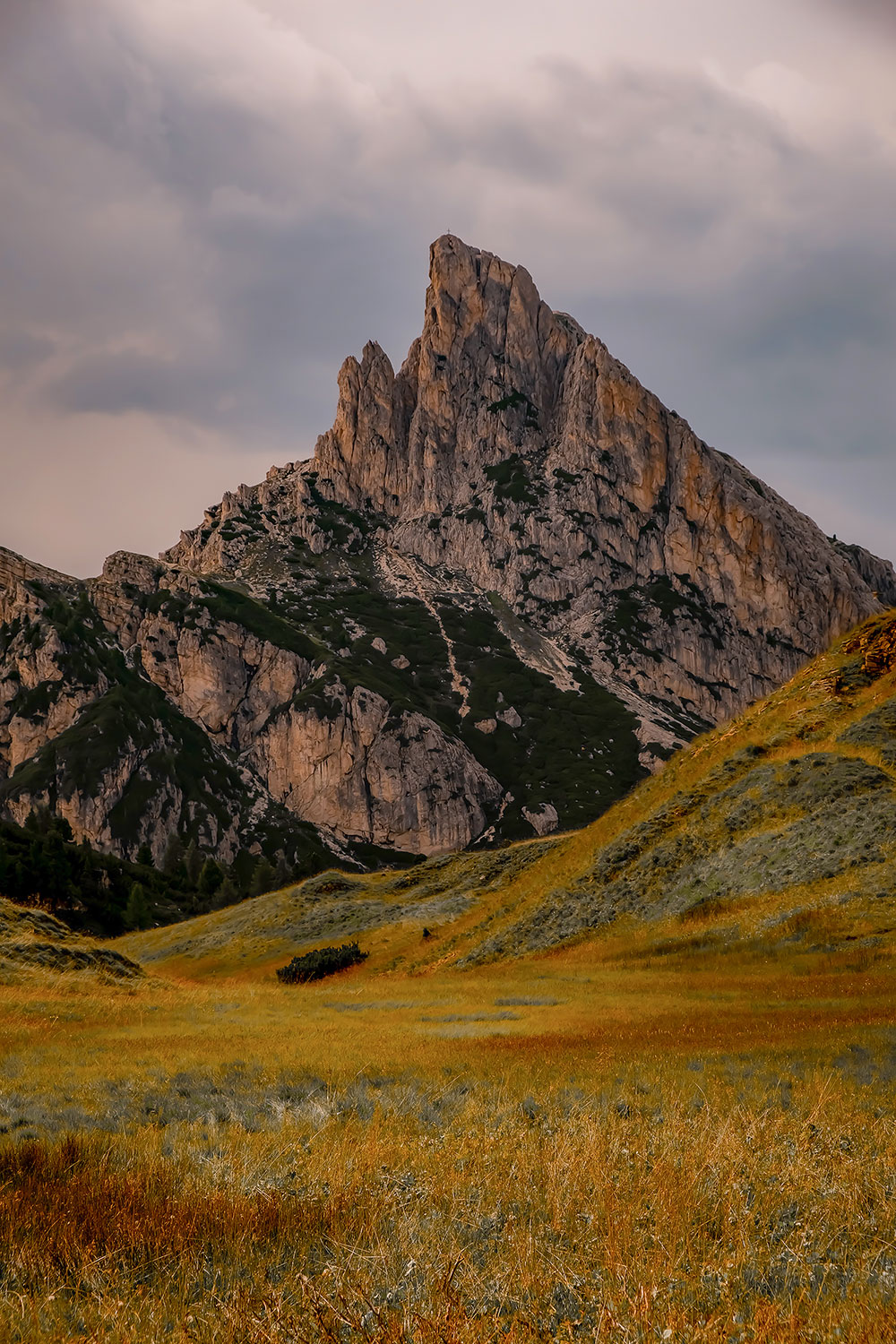
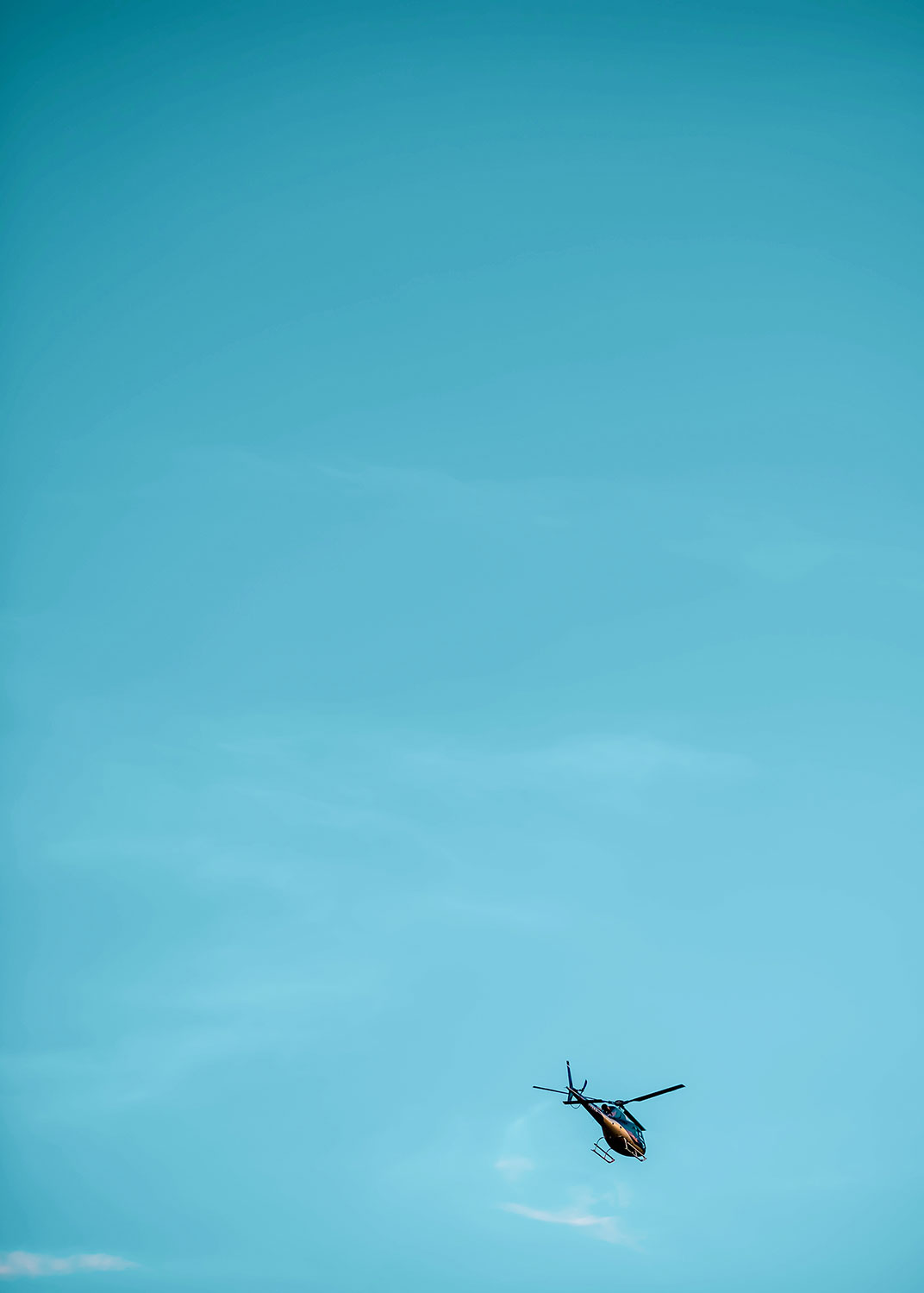


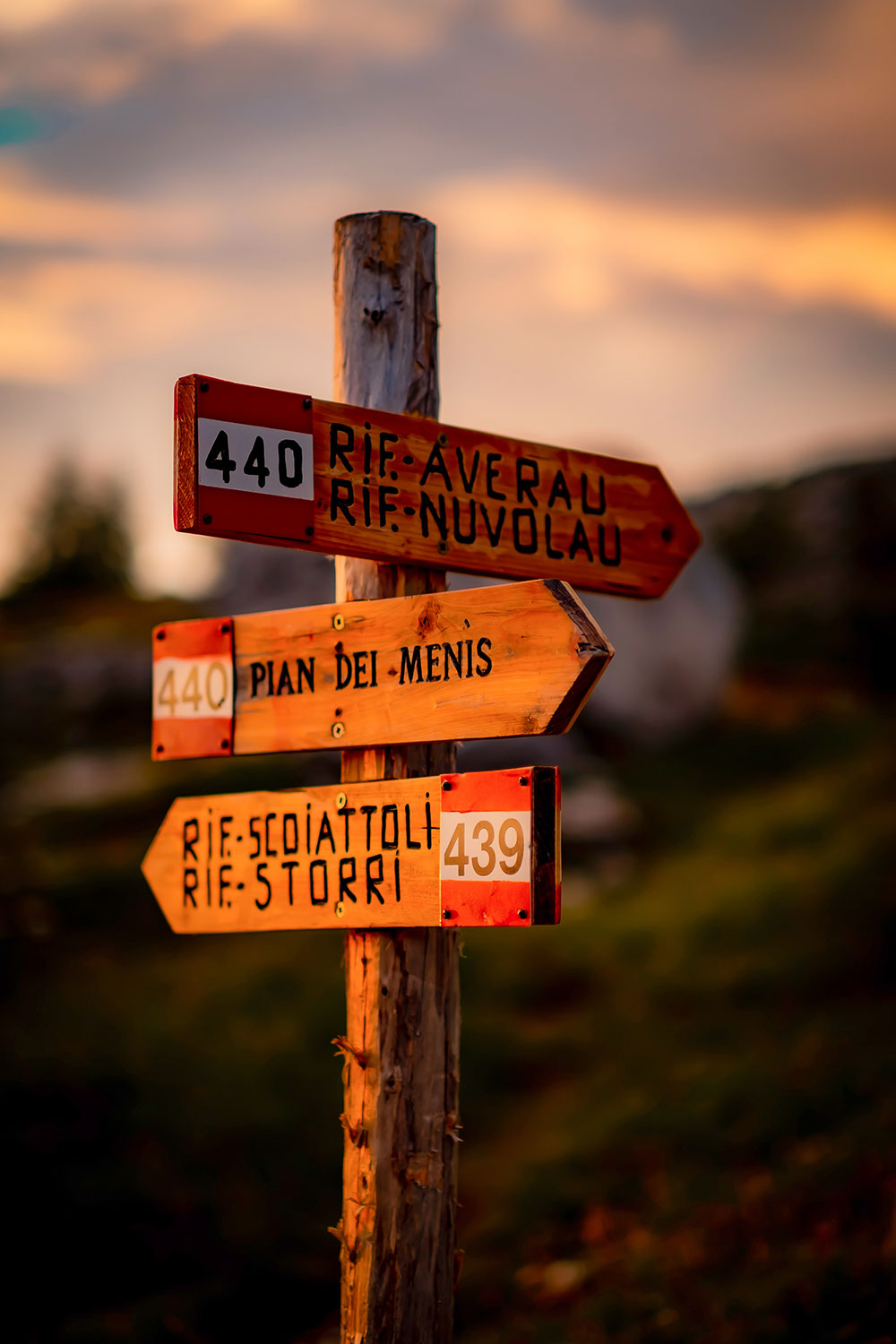
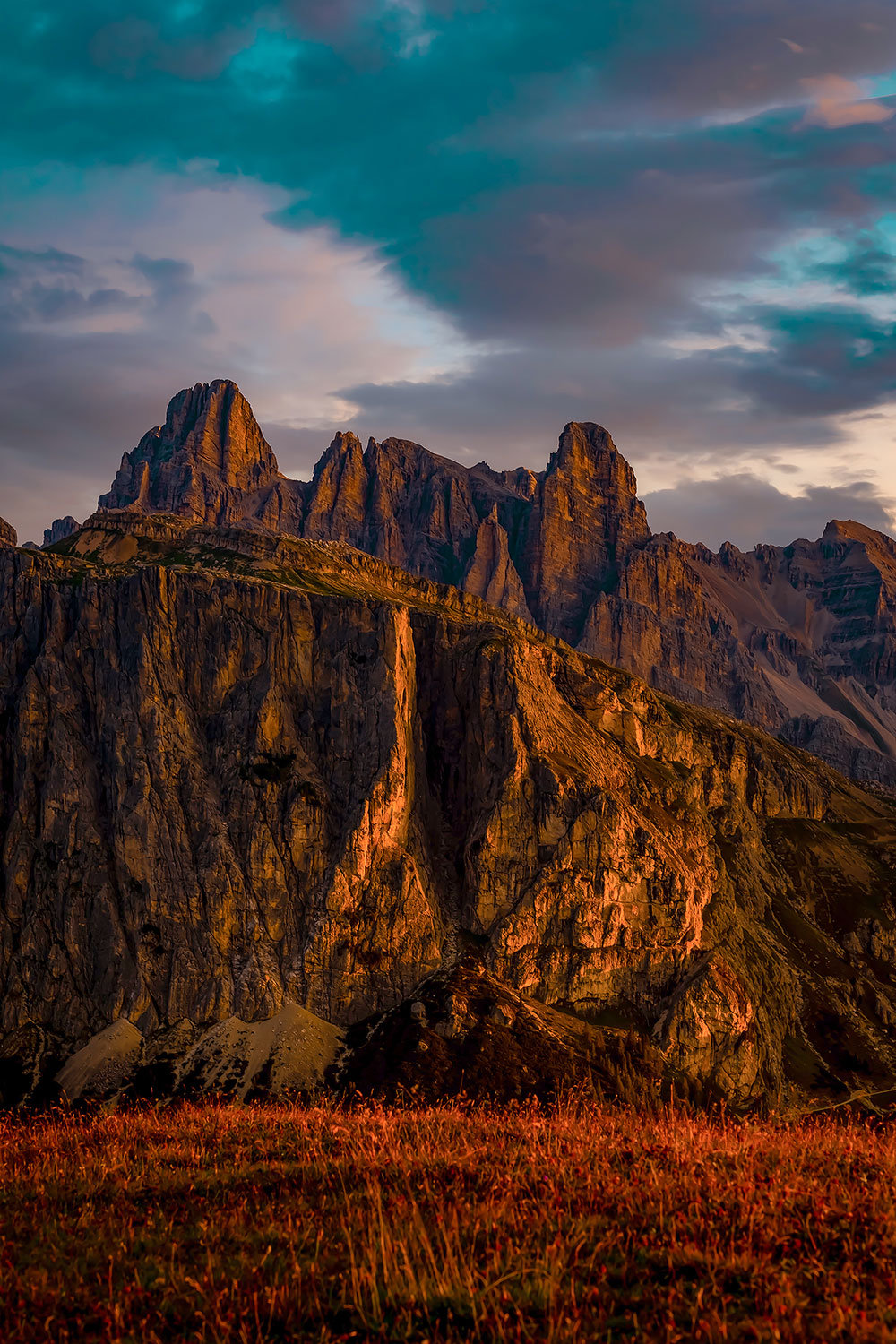
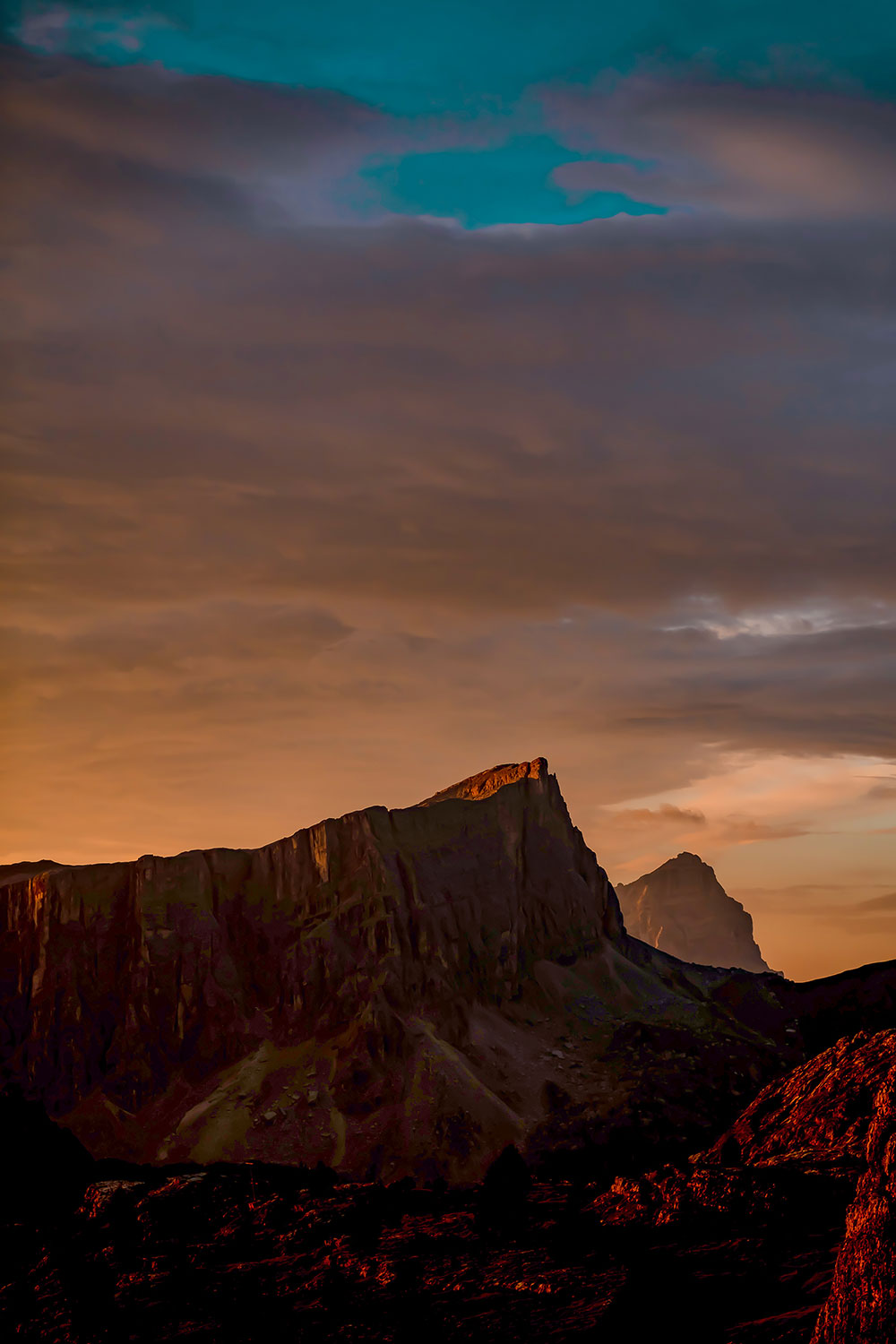
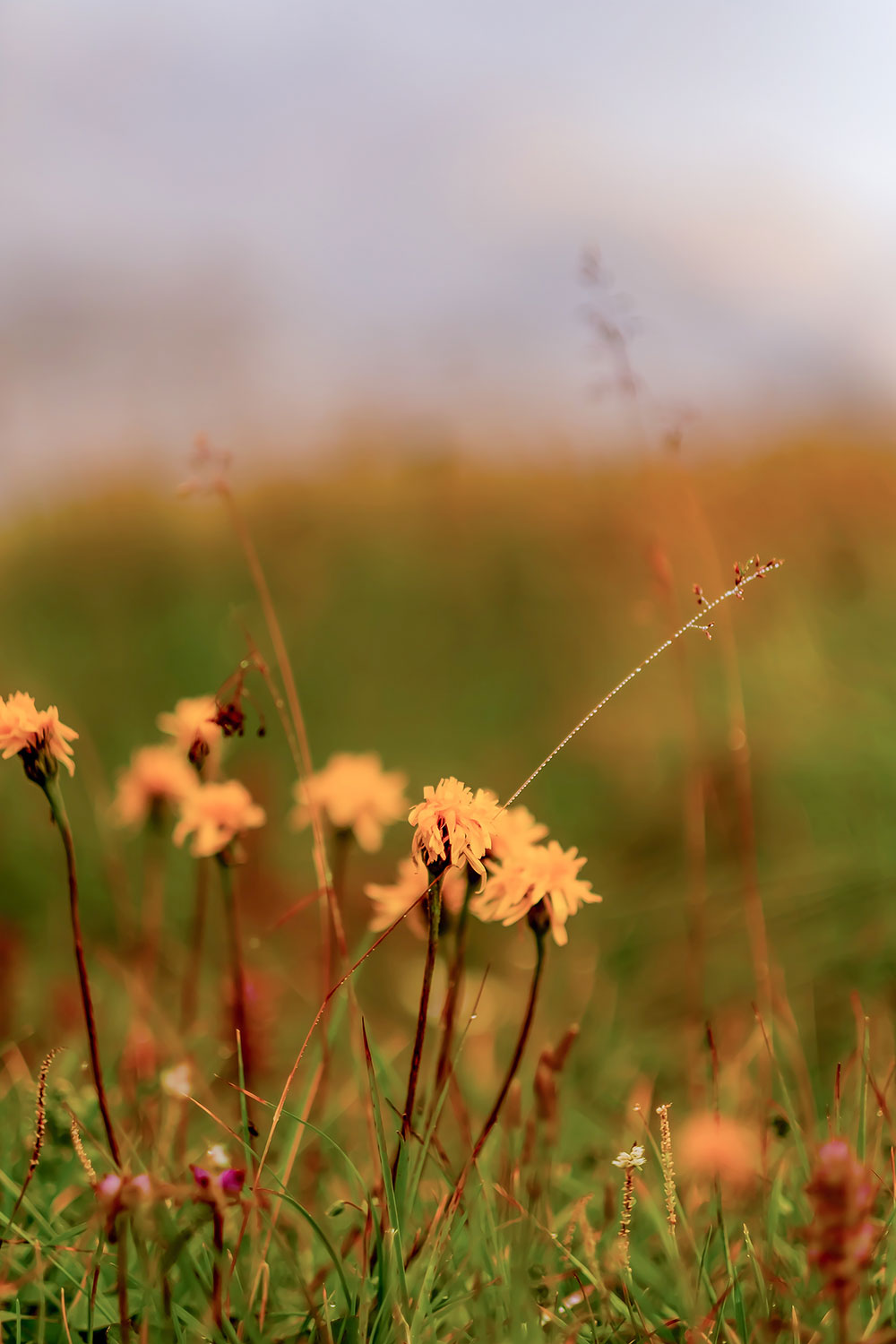
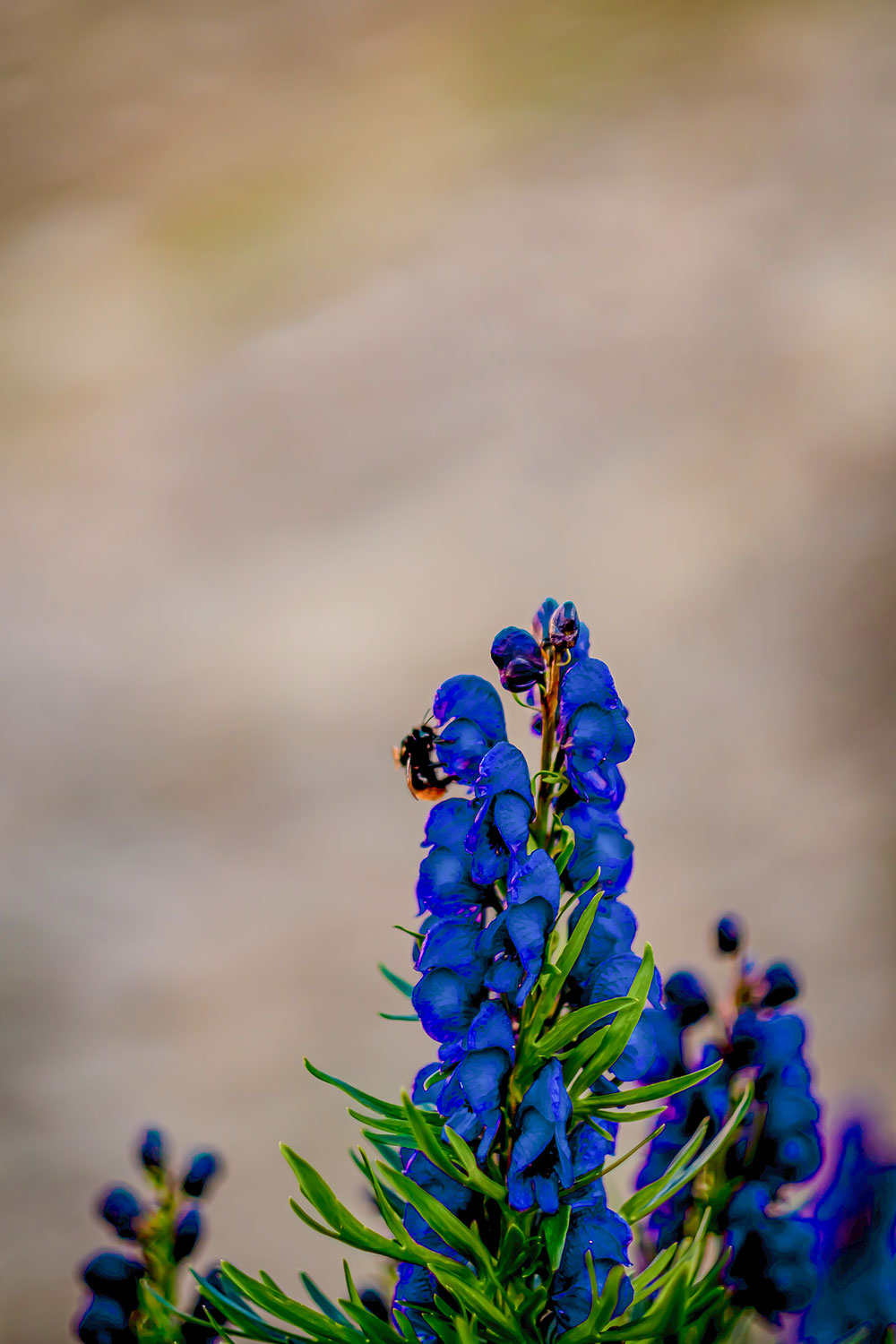

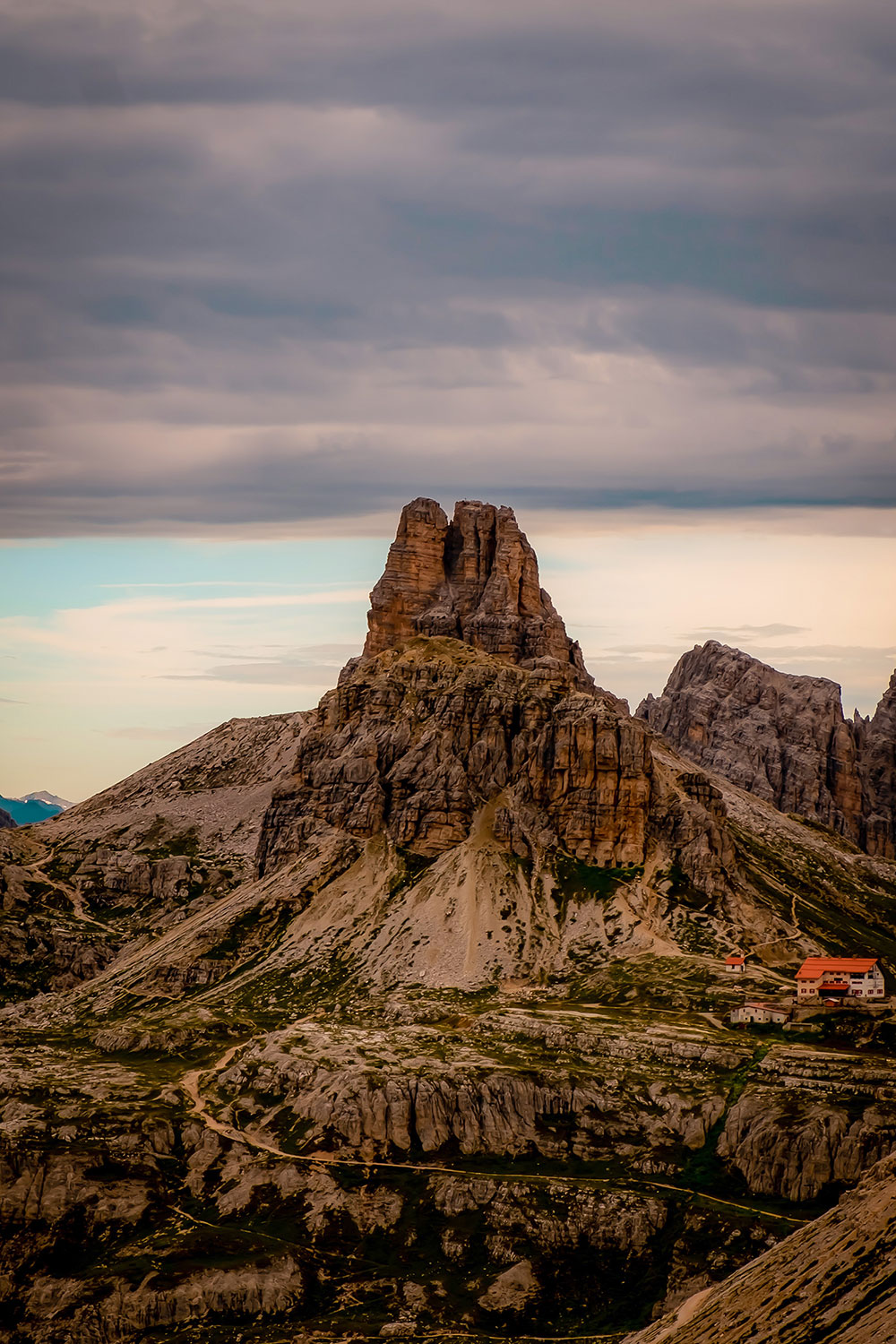
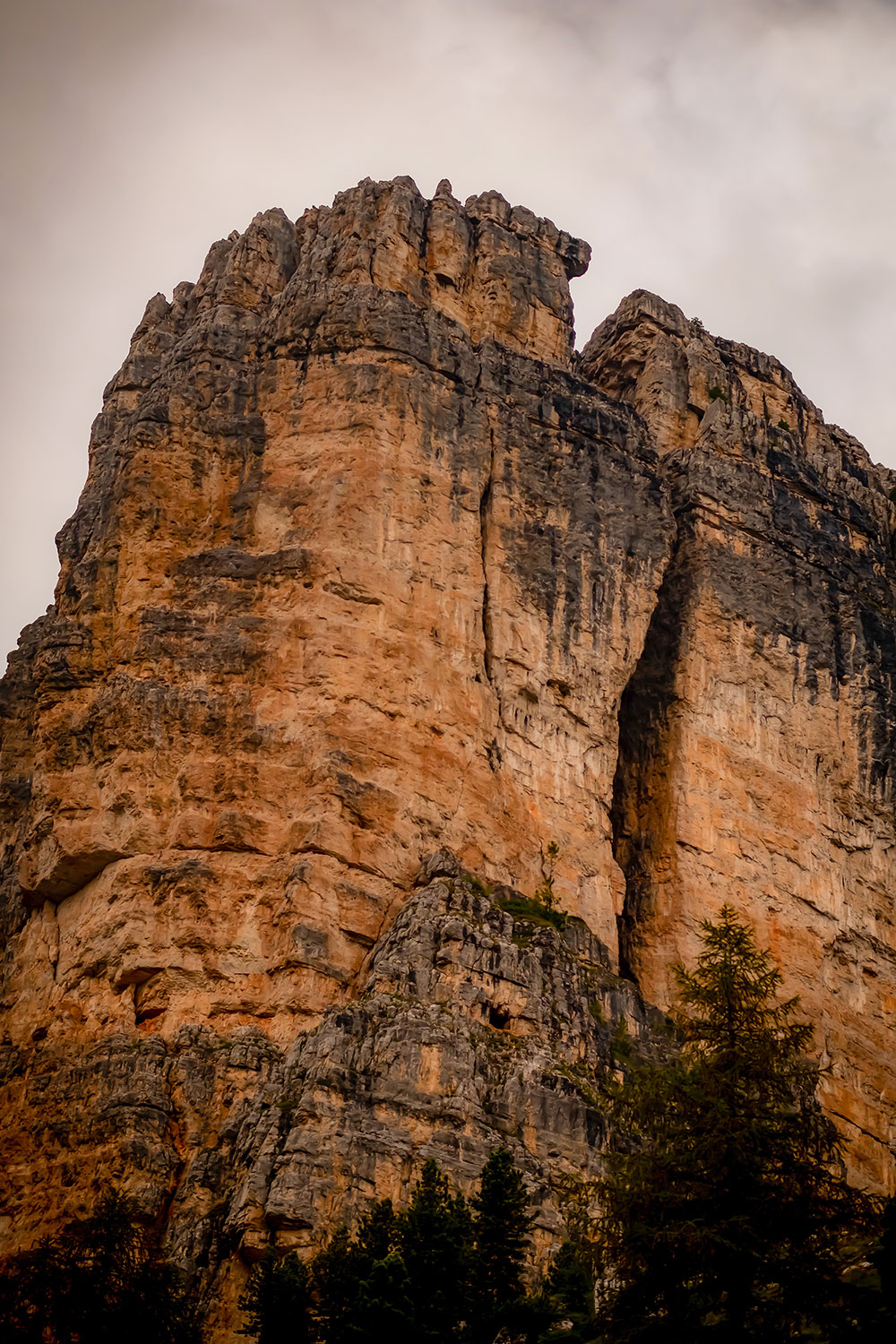
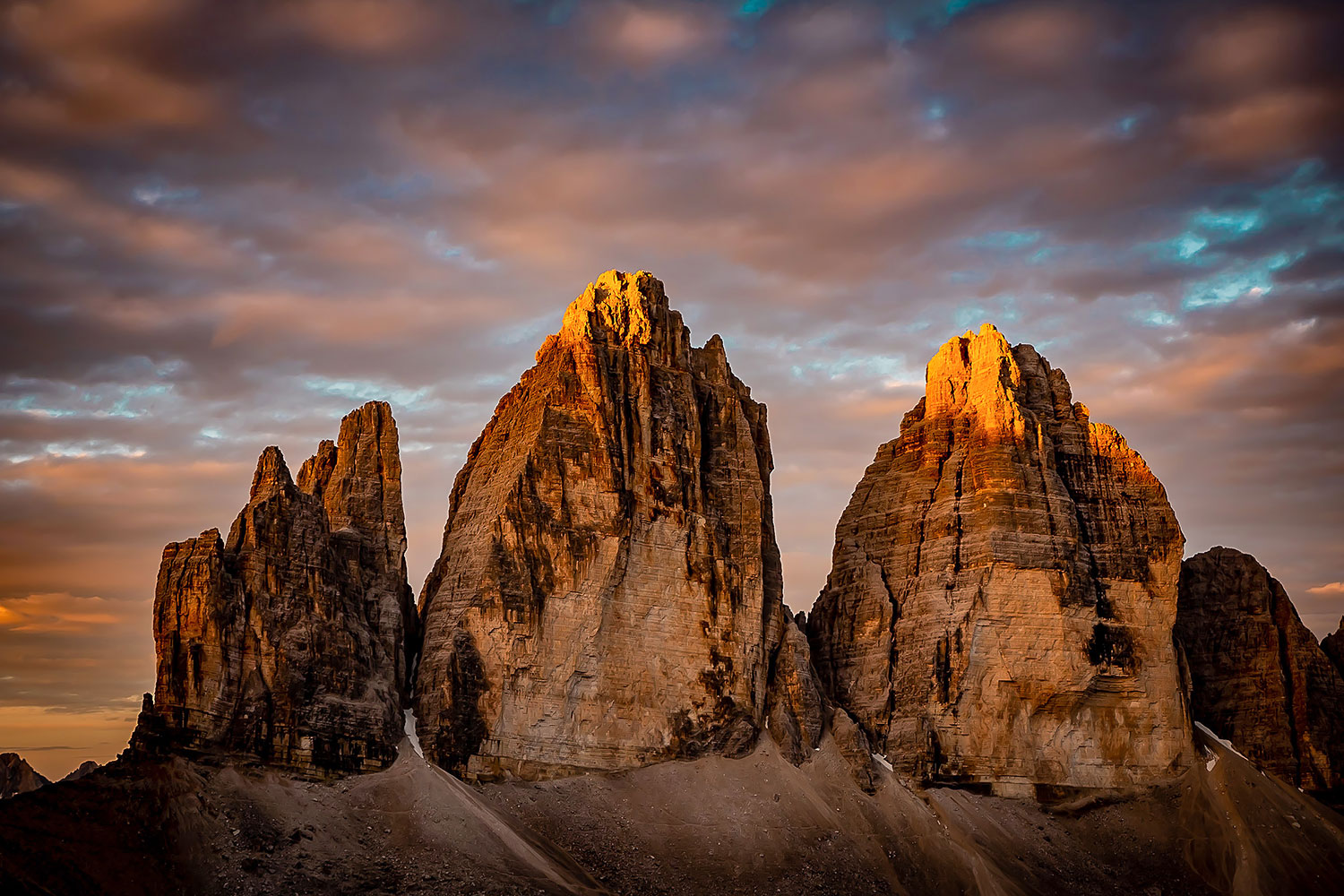
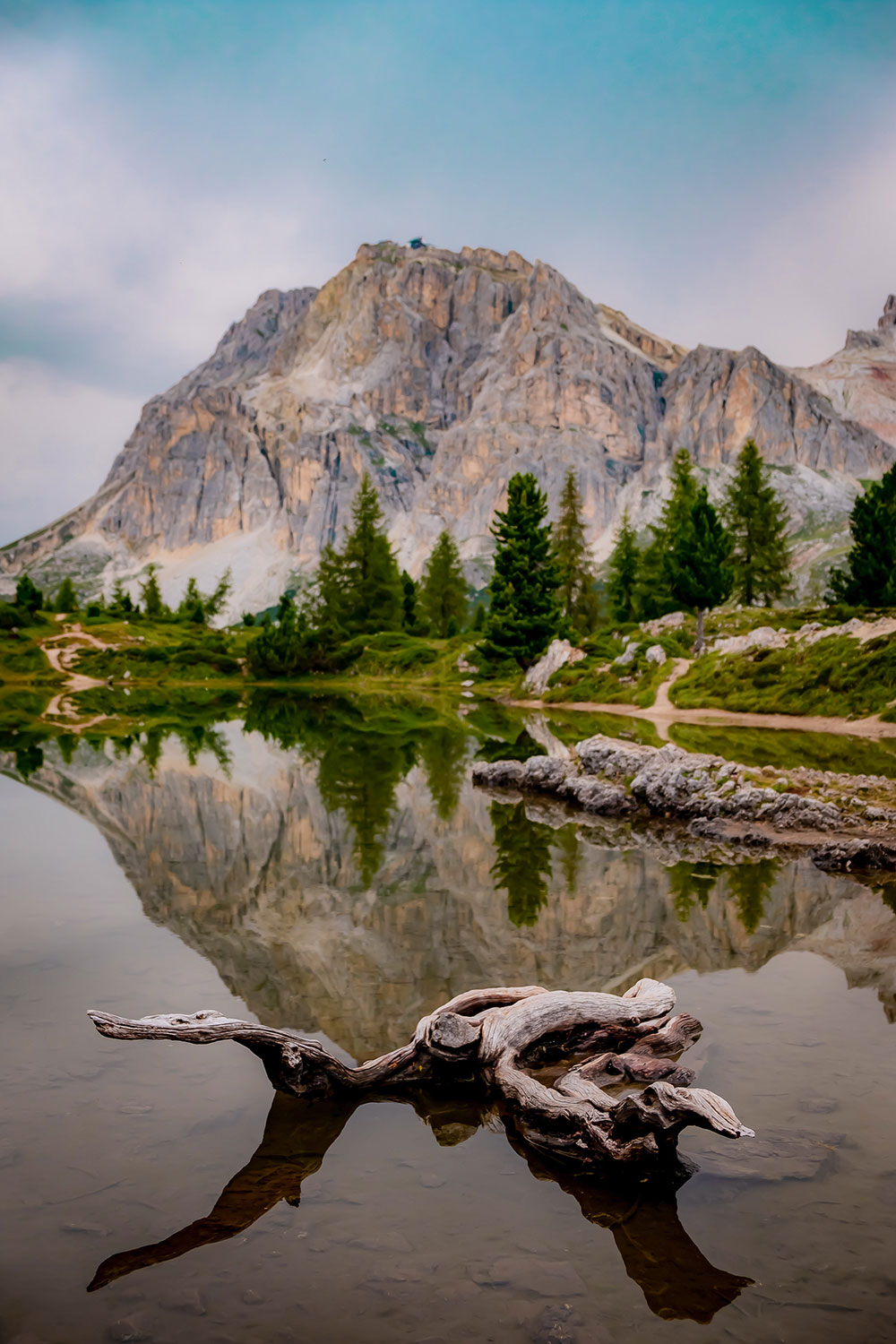
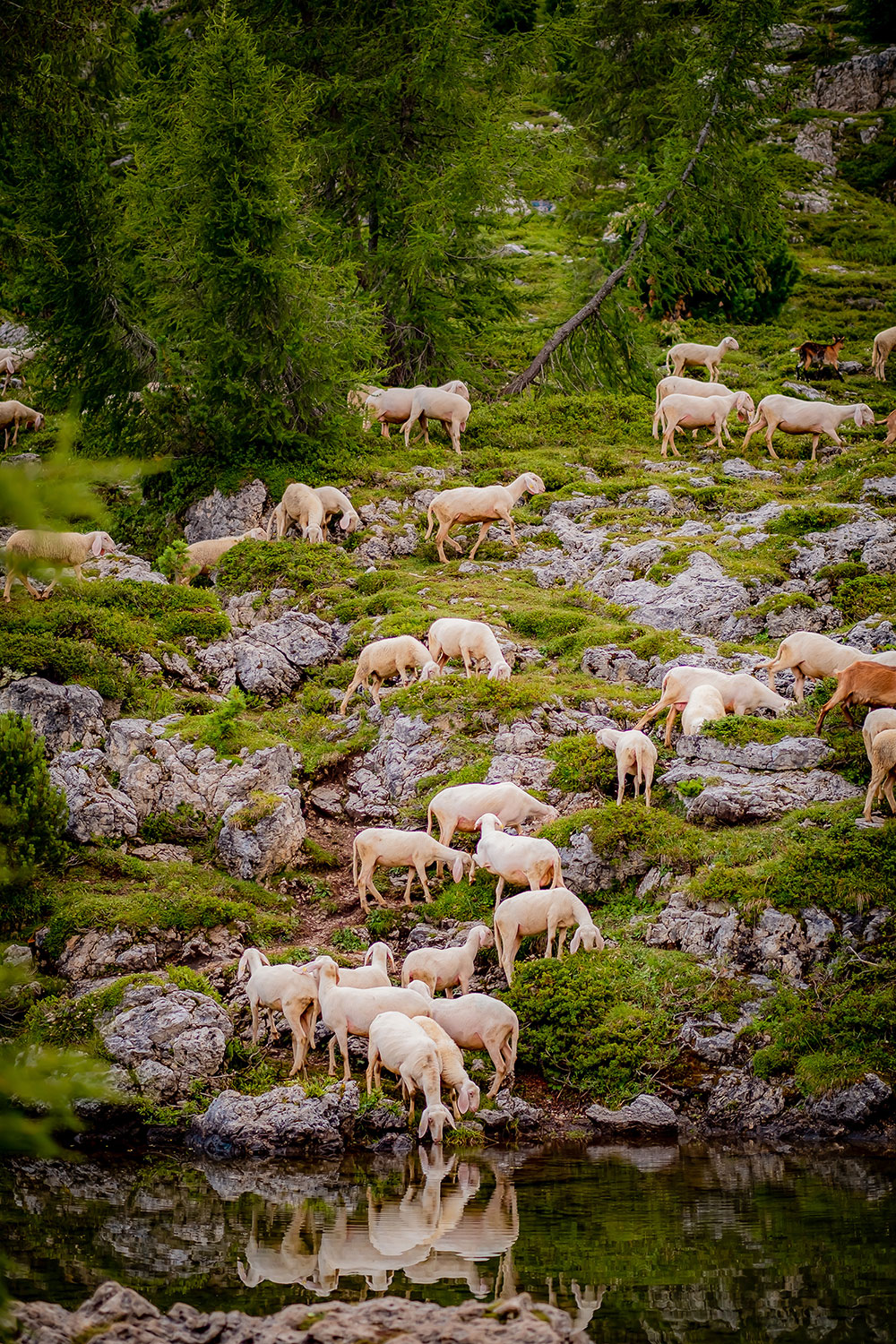
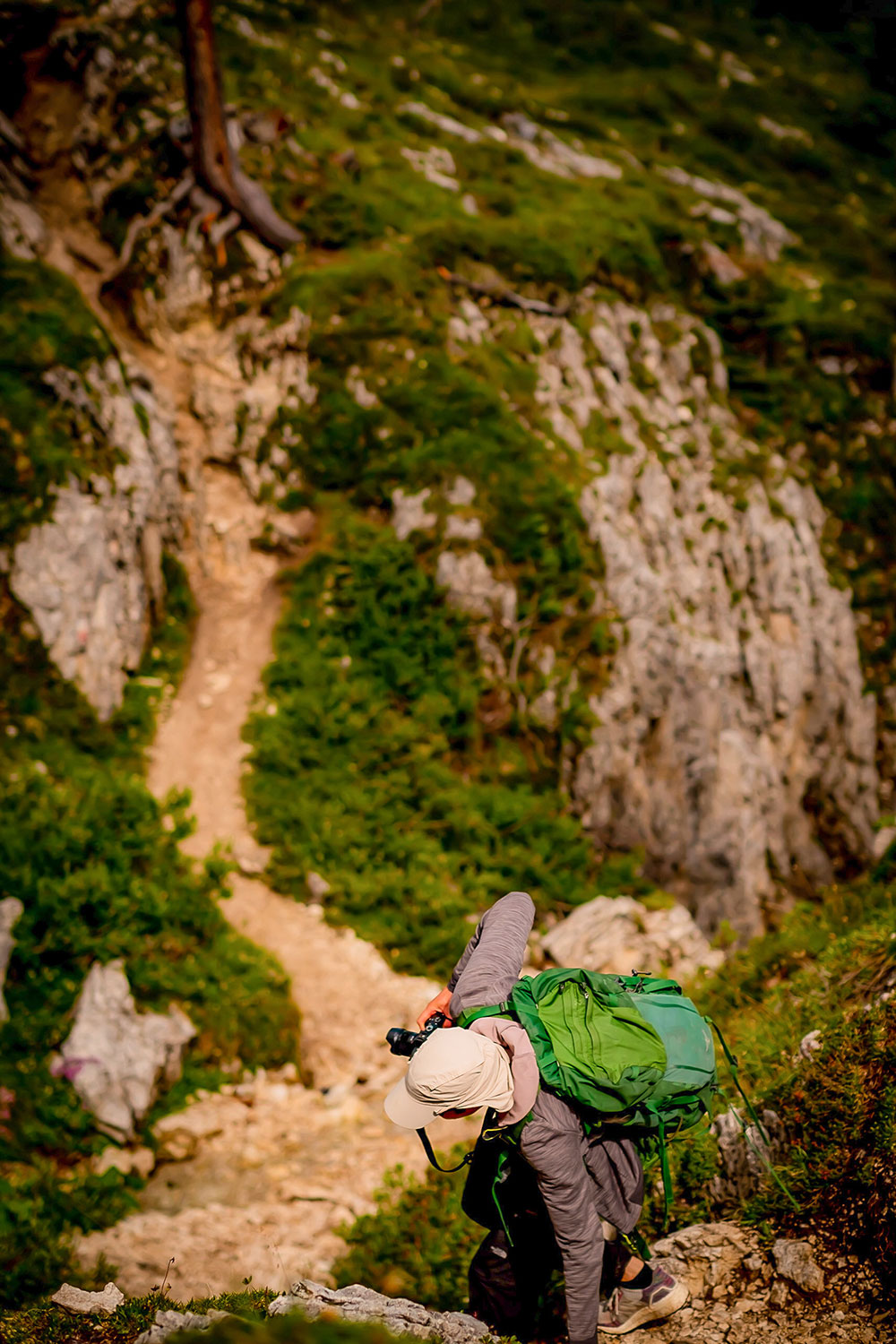

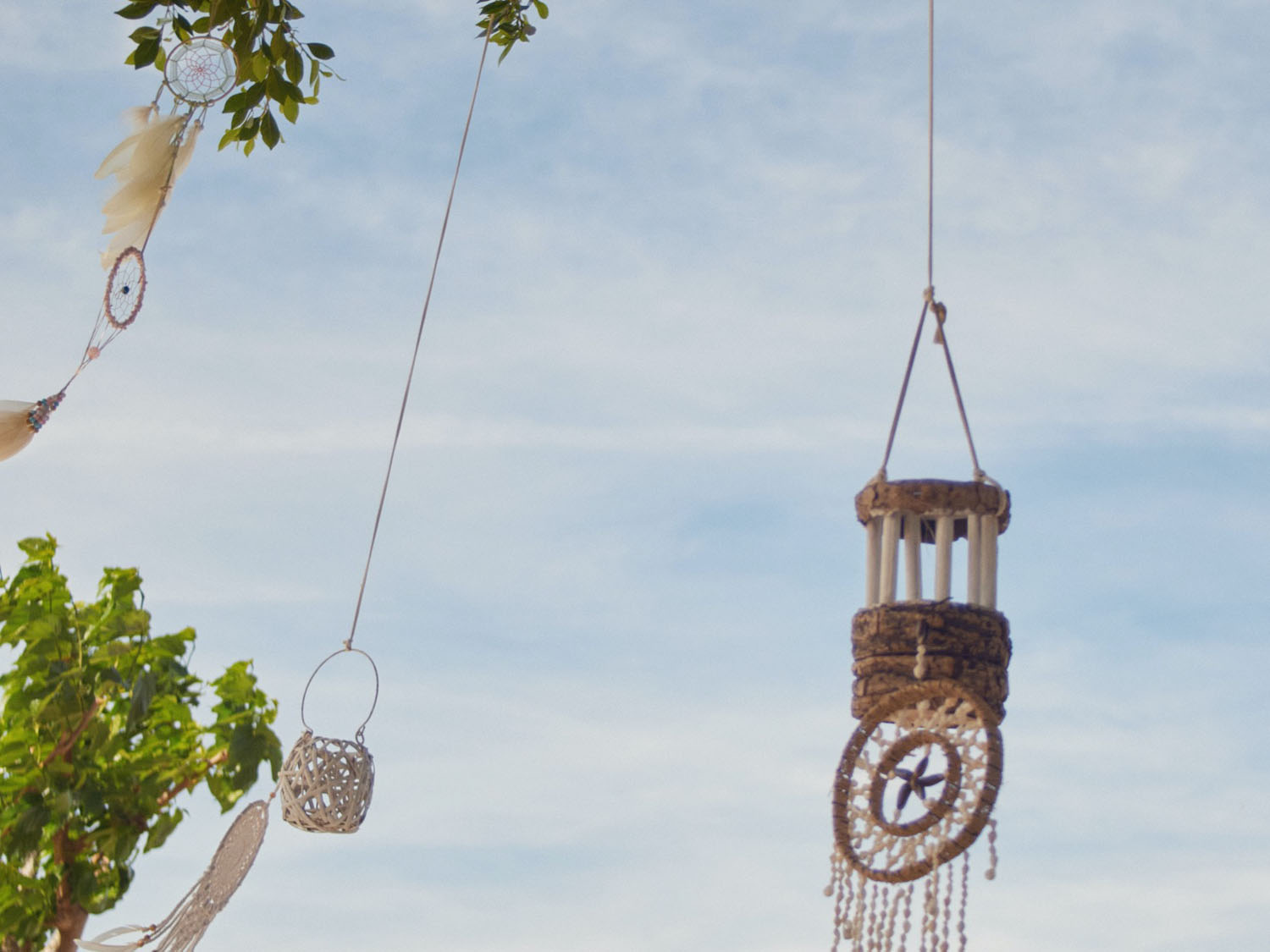
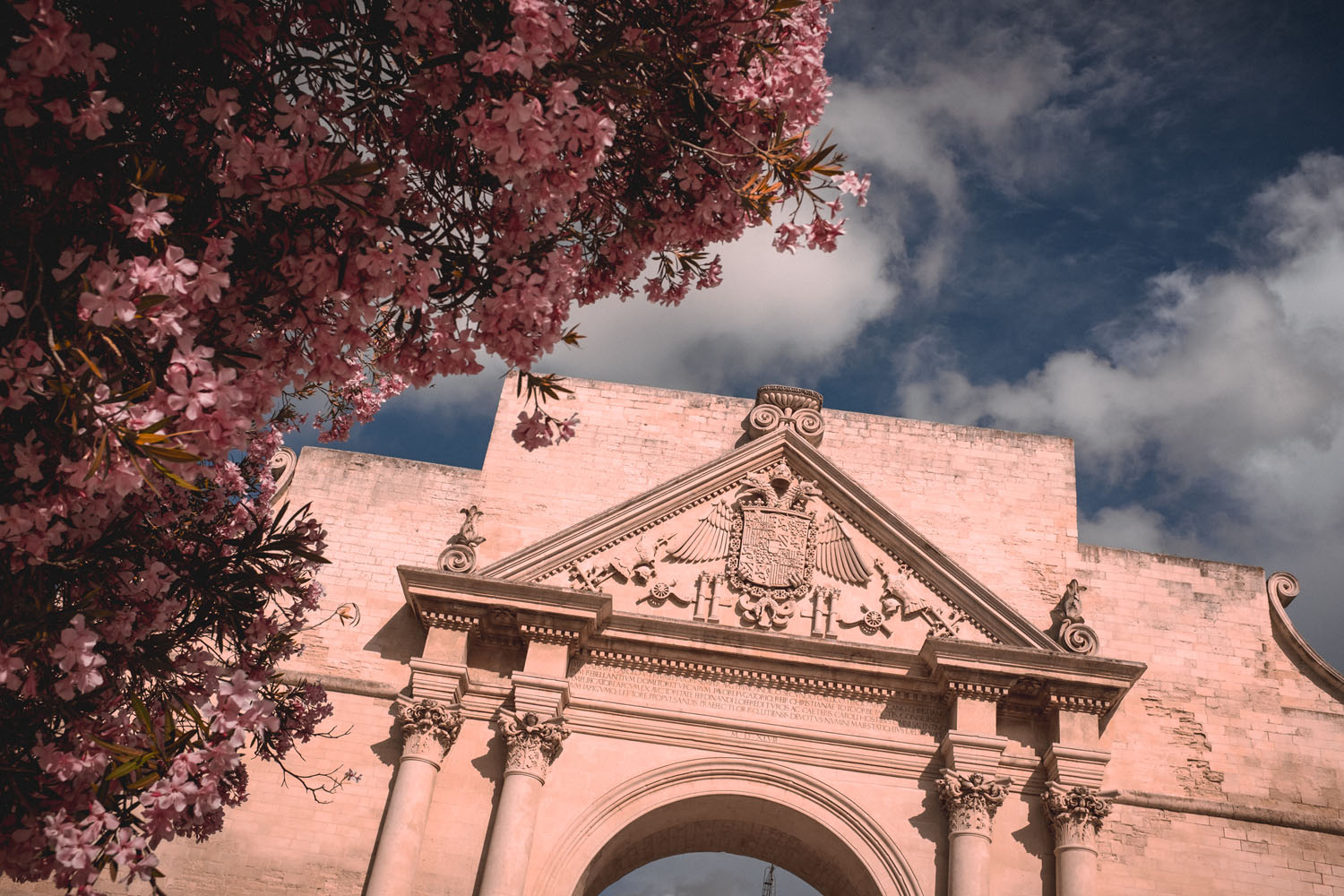
Michael
June 11, 2021 @ 3:16 pm
Great story, great pictures!
Thanks a lot!
Milena
January 21, 2022 @ 4:02 pm
Your story painted a powerful picture in my mind. Once I arrived at the actual pictures you took, I was not surprised by how beautiful they were. Great post! I’d love to read and see more of your artistic work.